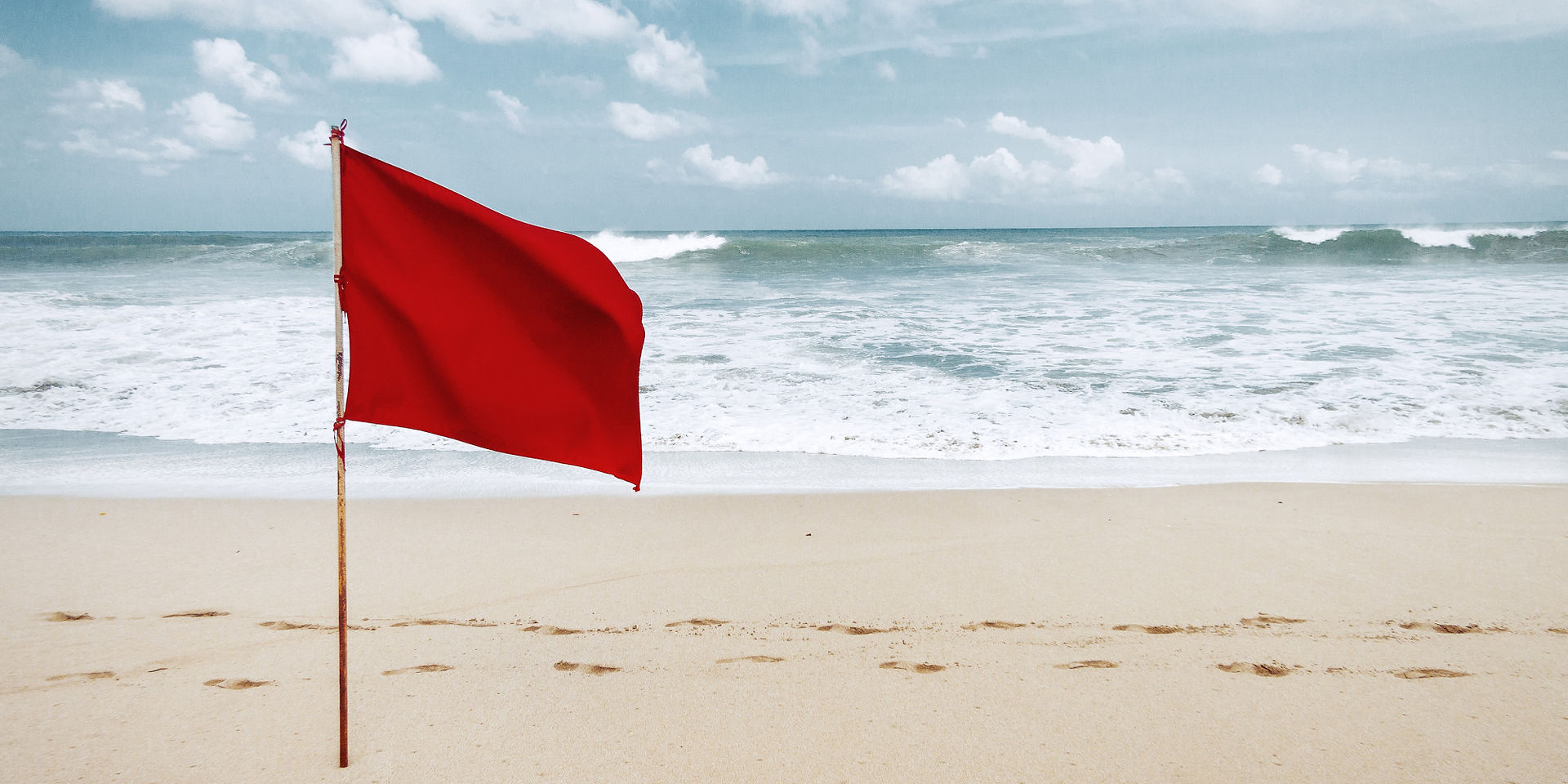
Frequently Asked Questions

What Are Rip Currents And Why Should I Be Aware?
Rip currents occur when wind and wave action push water against the shoreline. The water then "escapes" back outwards to sea under its own weight. The result is a current of water away from shore. Persons caught in the current can be swept offshore. Even strong swimmers need to be aware.
How Fast Is A Rip Current?
Typically, rip currents form with current speeds of one to two feet per second. However, rip currents may develop with speeds as high as eight feet per second. While that may not seem fast, eight feet per second is faster than an Olympic swimmer can swim!
What Do I Do If I'm Caught In A Rip Current?
Fortunately, rip currents are not very wide (up to about 80 feet or 25 meters). The first thing you should do is to recognize that you are in a rip current and remember to swim with the shoreline -that is, along the shore. Once you are out of the narrow band, you can then swim to shore. Recognizing that you are in the hazard is the first step to helping yourself. Fighting the current will only tire you out and decrease your chances of survival.
What Do Red Flags Mean?
Over many years, many beaches and lifesaving organizations have created a warning system of colored flags that have "evolved" into a system to warn people of the dangers of rip currents. Red flags warn people that rip currents are present or are extremely likely and all persons, regardless of swimming ability should exit the water.
What Is The Difference Between Red And Yellow Warnings?
Red and yellow flags are recognized as warnings for the level of danger or the potential for danger. As seen above, red flags alert swimmers to exit or to stay out of the water. Yellow flags warn people that lesser rip currents may form or that the weather forecast is degrading and may not be good for swimming. When a yellow flag is displayed, small children and persons unsure of their swimming ability should exit or stay out of the water. Any person in the water should know what rip currents are and know just what to do if caught in one.
Do I Leave The Water If There Is A Yellow Warning?
If you are a good swimmer and you are prepared should you find yourself in a rip current, you do not have to leave the water. You should be aware of the increased risk, swim with a buddy who is also a good swimmer and prepared. You should leave the water if you see any rip current activity.
Why Is There No Green Color For Lowest Risk?
Some rip current warning systems use the "stoplight" means of warning. Everyone is familiar with red meaning "stop", yellow meaning "caution", and green meaning "go". The trouble with green being used for the "lowest" risk is that really, there is no safe water. Cold water, deep spots and currents around structures like piers can still present a risk. So green is being seen less in beach warning systems.
Where Can I Get More Information About Rip Currents?
You can find out more information about rip currents at the United States Lifesaving Association https://www.usla.org and at the rip current page at the National Weather Service https://www.weather.gov/safety/ripcurrent